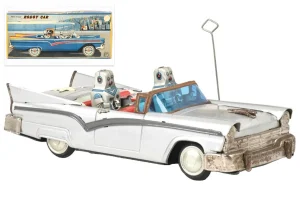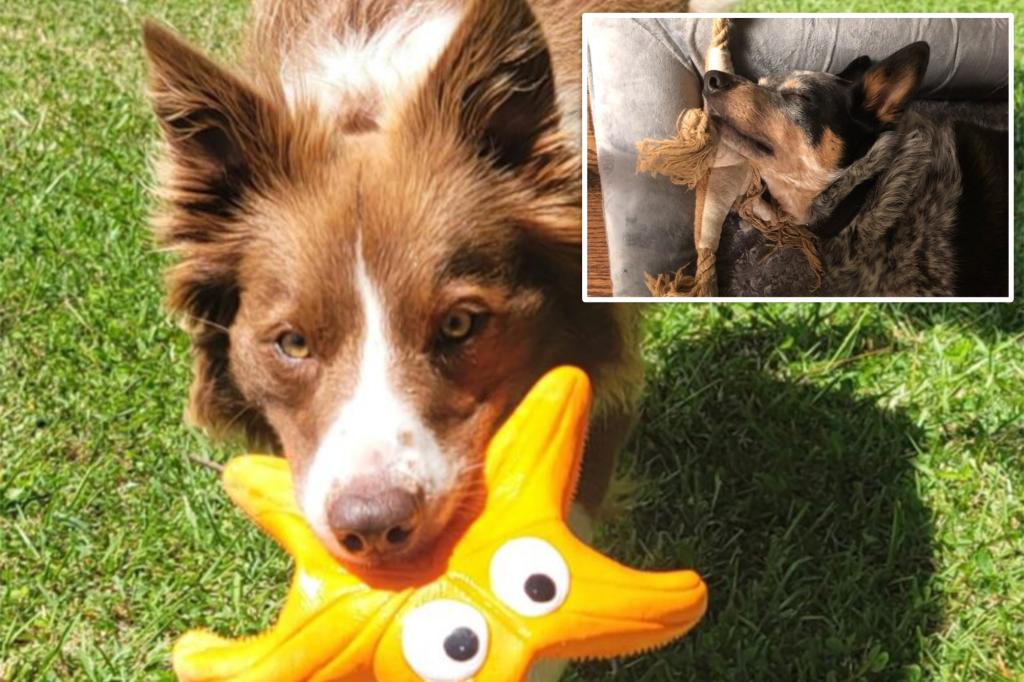Beyond Good Boys: The Remarkable Intelligence of “Gifted” Dogs
When we think of intelligent animals, species like dolphins, chimpanzees, or ravens often come to mind. However, recent research published in Current Biology reveals that certain dogs possess cognitive abilities previously thought to be uniquely human. These aren’t just well-trained pets; they’re canine prodigies demonstrating sophisticated mental processes that challenge our understanding of animal intelligence.
The groundbreaking study focused on seven “gifted word learner” (GWL) dogs—six Border Collies and one Blue Heeler—who had already proven their ability to learn dozens of toy names through everyday play with their owners. What makes this research particularly significant is that it wasn’t conducted in sterile laboratory conditions with intensive training regimens. Instead, these remarkable discoveries emerged from natural interactions between dogs and their owners in comfortable home environments. “This was done in a natural setup, with no extensive training,” explains lead researcher Claudia Fugazza of Eötvös Loránd University in Budapest. “It’s just owners playing for a week with the toys. So it’s a natural type of interaction.” This approach allowed researchers to observe genuine learning processes rather than conditioned responses, offering insights into how dogs naturally categorize and understand their world.
The experiment revealed something truly extraordinary: these dogs demonstrated “label extension,” a cognitive ability previously thought to require years of training in captive animals. Label extension occurs when we recognize that objects with different appearances can serve the same function—like understanding that both a hammer and a rock can drive a nail, or that various vessels can all be classified as “cups.” In the study, owners first taught their dogs to associate commands like “pull” and “fetch” not with individual toys but with groups of toys used for those specific activities. Once the dogs mastered this association, researchers introduced an ingenious twist: brand-new toys presented only through play, without any verbal labels attached. When later asked to select an appropriate toy for either fetching or pulling, the dogs consistently chose correctly at rates significantly above chance. This indicates they weren’t simply memorizing names for specific objects; they were categorizing toys based on their function regardless of appearance—a sophisticated cognitive leap previously unrecognized in canines.
This discovery builds upon a growing body of research from the Hungarian team investigating canine cognition. In 2022, they found that dogs create multi-sensory “mental images” of their toys, storing information about how objects look, smell, and feel. This explains why dogs can still find their favorite squeaky toy even in complete darkness, though they might take a bit longer without visual cues. A 2023 study explored “spatial bias”—dogs’ tendency to follow pointing gestures as directional cues rather than focusing on objects themselves. Interestingly, smarter breeds with better vision were more likely to pay attention to the object being indicated, a thinking pattern more similar to human toddlers. The research even found correlations between visual processing and skull shape: dogs with shorter skulls, which have more retinal ganglion cells concentrated in their central vision, processed information more like humans and showed less spatial bias. These findings collectively paint a picture of canine cognition that’s far more complex than previously understood.
The owners participating in the recent study reported that the experimental sessions looked remarkably like normal playtime—a round of tug-of-war or fetch with new toys provided enough context for their pets to later classify those items correctly. “For these new toys, they’ve never heard the name,” Fugazza explained. “But they have played either pull or fetch, and so the dog has to choose which toy was used to play which game.” Photos released alongside the study capture these canine Einsteins in action: Gaia, a Border Collie, smiling proudly beside her mountain of toys; Whisky clutching a pizza-shaped squeaky toy; Arya looking affectionately at her well-worn plaything; and Gadget curled up with a beloved plush. Their success rates in the experiments were consistently above chance levels, confirming they weren’t simply making random selections. However, researchers acknowledge that the exact mental processes underlying these abilities remain somewhat mysterious—a tantalizing puzzle for future research.
The implications of this study extend far beyond understanding our four-legged companions. “We have shown that dogs learn object labels really fast, and they remember them for a long period, even without rehearsing,” Fugazza noted. “And I think the way they extend labels also beyond perceptual similarities gives an idea of the breadth of what these labels could be for dogs.” While nobody expects dogs to start engaging in conversation, these findings suggest they possess more advanced language-related skills than previously recognized. This raises fascinating questions about how animals learn and categorize the world around them, potentially reshaping our understanding of the cognitive abilities present in other species. The research team now wonders whether this ability might extend beyond these “gifted” individuals to average dogs, or even to entirely different species. Until then, Gaia, Whisky, Arya, and Gadget remain at the forefront of canine cognition—living proof that sometimes, what looks like simple playtime can actually be serious science, revealing the extraordinary mental capabilities hidden behind those loving, eager eyes.















